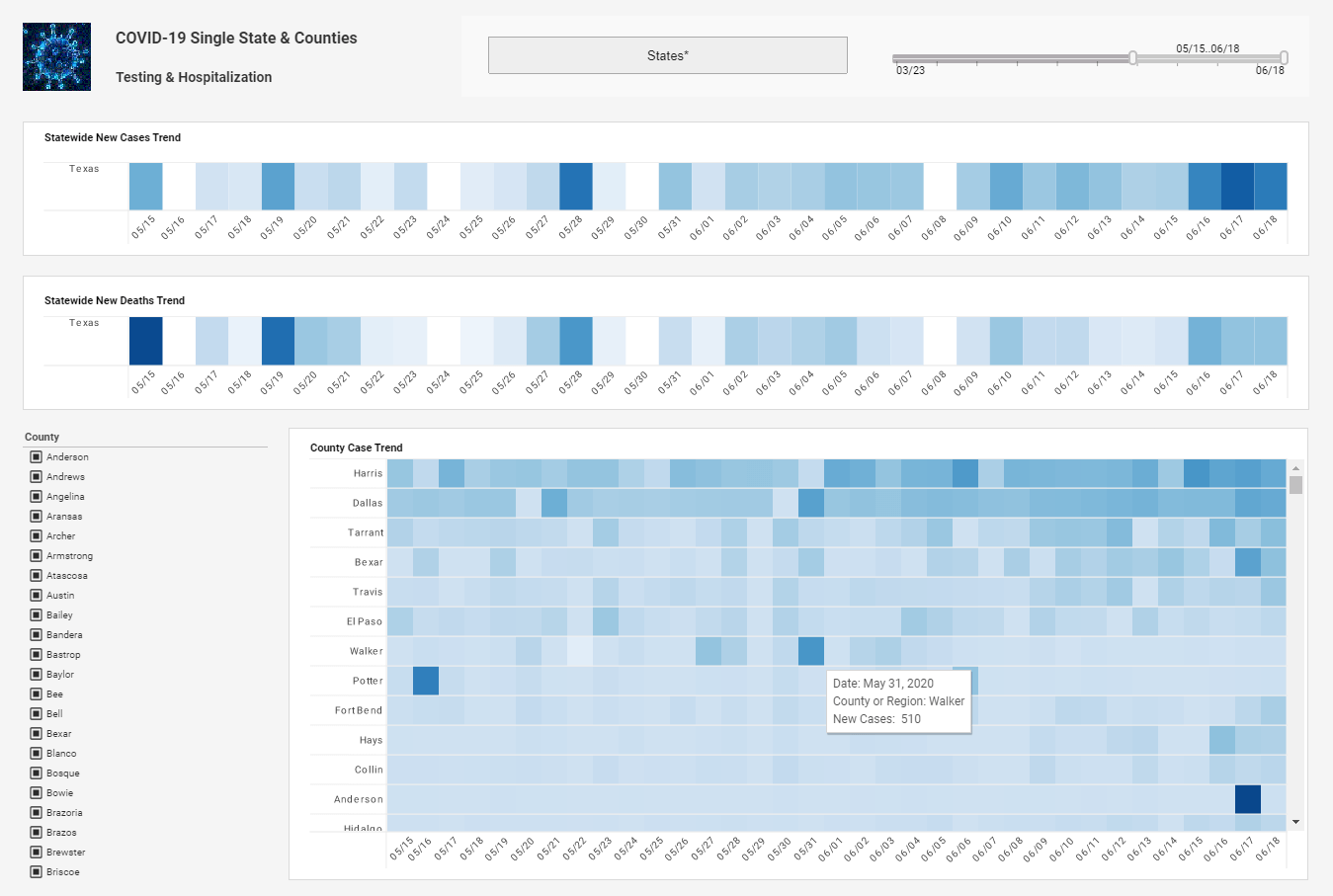Enabling Real Time Data Exploration
This is the continuation of the transcript of a Webinar hosted by InetSoft on the topic of "Improving Business Agility Using Performance Management Software." The speaker is Mark Flaherty, CMO at InetSoft.
Decision making is dynamic and complex, and the information has to lead to insights. Insights from data should be live and available at all levels. Business intelligence used to be available up in the C level office, but it needs to be accessible because there are people who can offer insights or offer analytical tools to help others understand and share that information. Data must be available in fast time if not real time to enable exploration. Data must be made available in a format that allows for sharing, exploring, and creating multidimensional insights that can support decision makers who have to act in a continually evolving landscape.
Our decisions don’t happen in static worlds so we have to make sure that our information is reflecting our environment and we’re accessing insights as oppose to just raw data. How do we define a real time enterprise? Is it instantaneous? Is there some sort of delay? Is it the ability to make business decisions within an hour period or a 24-hr period? I think it depends on what your business presence is and what the decisions you’re trying to make. If you’re talking about making financial decisions, you can have them in milliseconds, so we’re talking real time, real time. Often times, we find a lag even there. You might have real time on the trading floor if you are a financial institution, but you’re not necessarily giving your customers real time. Maybe there is an hour lag.
| #1 Ranking: Read how InetSoft was rated #1 for user adoption in G2's user survey-based index | Read More |
Real Time Data Exploration in Marketing
So I think it depends on the situation. If you’re in marketing, you know, you want to know what the current trends are, what’s happening now so that could be a days to week old. But I think it has to be continuum, and that’s the most important thing so that you’re always moving forward and not just looking at data that gives you a sense of what happens but rather how it gives you insights into what’s going to happen.
And we find ourselves wasting a lot of money and resources on really big performance management systems that are not agile, and we’re not able to share insights because they’ve become a component. We have so many people managing them and so on. Maybe the BI system can store a lot of data, but is that data being used? So if you’re collecting data, and it’s just going to sit there, it’s actually slowing down your system to even extract small amounts of data that are meaningful. So you have to be very careful when choosing what BI server you’re going use so that you can move forward with it, and it’s actually helping or supporting your decision making as opposed to weighing it down.
The notion that understanding our complex world how it is evolving is perhaps one of the most important competencies for business leaders today. So keep that in mind with whatever data management tools you are using to collect data, you need to be able to keep up with the rapid pace of change. So an appreciation for complexity allows us to be innovative and thoughtful and proactive rather than reactive. A complexity approach looks at business intelligence as a dynamic property of an evolving performance management system. So as BI technology evolves, so is the complexity of what we are doing, how we’re doing business and so on. So there’s this constant feedback loop, and it’s only getting more complex as opposed to less, and we need to make sure that we’re agile, and we can respond to it. So on slide 37, I have a picture of cities, and I look at cities as a perfect example of what I mean when we’re talking about co-evolution or we’re talking about how a system has to continually adapt. If we can think of complexity, this is the core of complexity.
 |
Read the top 10 reasons for selecting InetSoft as your BI partner. |
Cities are perhaps the perfect example of the co-evolution of an increasingly complex and expanding system where we can see analogies for the business world. First, they generate and exploit intelligence at all levels. People learn rapidly to be agile and responsive. For example, people can change a route during rush hour in response to a construction obstacle. As people evolve and learn, they generate information that gives rise to increase intelligence and expansion and finally intelligence is not only collected but it’s co-created and co-evolved to support a high level of innovation and expansion. So if we look at Google, the business side, it’s a perfect example of system that takes advantage of its evolution so it’s continually feeding back. Its technologies are evolving based on the information it’s receiving back and if we’re talking about real-time. Theirs is really real time. So if you look at their translation services or, everything is very real time, and if it’s closed down, people are going to start going somewhere else.
| Previous: The Evolution of New Business Intelligence Tools |


